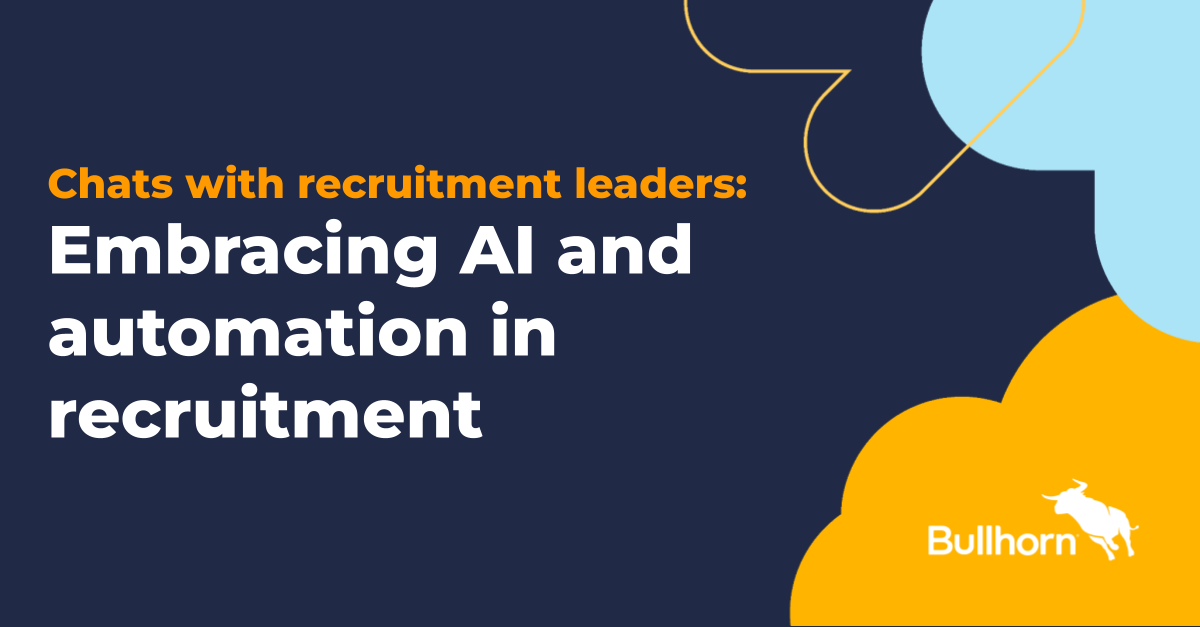Thirty-eight percent of the U.S. workforce is contingent—in 10 years, this figure will rise to 50%, according to talent solutions firm AMS. As companies grapple with managing this increasingly complex workforce composition, the strategic deployment of contingent labor—workers hired on a temporary, project-based or freelance basis—has emerged as a critical competitive advantage.
Doug Leeby, CEO of contingent workforce platform Beeline, says the financial impact of strategic contingent workforce management is significant. “There are numerous methods and examples of cost savings attributed to companies who proactively and deliberately manage their contingent workforce,” Leeby explains. “Data is at the heart of this.”
The transition from reactive to proactive workforce planning requires a data shift in how organizations view their talent ecosystem. The first critical step involves gaining visibility into what Leeby calls the “shadow workforce”—the external workers operating within an organization without being tracked in traditional HR systems.
With external labor accounting for 40% to 50% of some companies’ labor costs, according to Beeline, understanding where non-full-time workers reside throughout the organization becomes essential for effective planning. “With a clean data set, the enterprise can incorporate the external workforce into its workforce planning operations,” says Leeby.
“Companies need to look at talent as talent—regardless of how they enter or operate in the organization,” Leeby emphasizes.
This holistic approach enables enterprises to incorporate external workforce considerations into their broader workforce planning operations.
He says organizations can then evaluate different workforce models based on time and cost variables to determine optimal deployment strategies.
Companies are also using data to rethink how they classify and hire workers, says Leeby. They are comparing project-based arrangements (called statement of work or SOW contracts) to more affordable contractor roles, achieving significant savings on labor costs. “The pricing delta between resources brought in under statements of work versus as contractors is typically material, and organizations are capturing savings in the 10% plus range,” Leeby notes.
How can HR hire contingent talent?
Innovation in talent sourcing is reshaping how companies access high-quality contingent workers. With over 70% of contingent workers preferring remote opportunities, according to AMS data, organizations must adapt their sourcing strategies accordingly.
While traditional staffing providers maintain their important role, technology now enables a comprehensive candidate evaluation process. Direct sourcing, talent pools and marketplaces represent emerging approaches that allow organizations to enhance their sourcing strategies, according to Leeby. This is particularly valuable for finding candidates in different geographies or those with niche skills that may be difficult to locate through conventional channels.
He says one particularly effective approach involves providing hiring managers with market intelligence, enabling them to make informed compensation decisions based on skills rather than positions alone.
By the end of the year, 80% of large businesses are expected to include full-time employees, contract workers and gig professionals in their workforce strategy, according to AMS data. Modern workforce management tools help companies blend and manage these different types of workers more effectively.
Read more: 9 tips to improve your workforce management tech
How can HR work with contingent talent?
Administering organizational change when transitioning from legacy systems or traditional labor models presents unique challenges. “Managing contingent labor is a strategy—not a software implementation,” Leeby stresses.
Establishing cross-functional steering committees helps secure buy-in and facilitates consistent communication across departments. Leeby says organizations must address these fundamental questions early in the process:
- What cost savings do we hope to achieve?
- How can we better serve internal stakeholders?
- Where are we exposed to risk, and how can we ensure compliance?
This ahead-of-the-game approach requires identifying both early- and later-stage wins, then driving toward those objectives while celebrating achievements and maintaining momentum. “There are substantial benefits that result from properly managing the contingent workforce,” Leeby observes.
“Many organizations have transformed [how] work is done by strategically deploying contingent labor, and the gains have been significant across multiple categories, including compliance, cost savings and quality.”
Use HR data to get ahead
Several trends are poised to shape workforce management over the next three to five years, says Leeby. The most significant involves organizations finally focusing on capturing their entire workforce—both full-time and non-full-time employees. This comprehensive approach to workforce planning enables what Leeby describes as managing “via skills versus jobs,” incorporating contingent labor groups into broader talent strategies.
Leeby also points out something that many executives and analysts have in their sights—artificial intelligence applications are expanding rapidly, with organizations leveraging data to enhance candidate vetting, drive compliance and reduce costs. He expects these technological advances to accelerate the transformation of traditional workforce management approaches.
For HR leaders seeking to future-proof their workforce strategies, Leeby offers clear guidance: “First, endeavor to capture all of your external workforce. Once this is done and you are confident that your compliance considerations are well-handled, view the contingent labor class strategically, side by side with your full-time employees.”
As HR tech evolves, leaders who adopt strategic contingent workforce management gain a lasting edge in today’s complex talent market. “Sitting on the sidelines and allowing a legacy approach to managing your contingent labor,” Leeby says, “is both an opportunity lost and a competitive disadvantage.”











